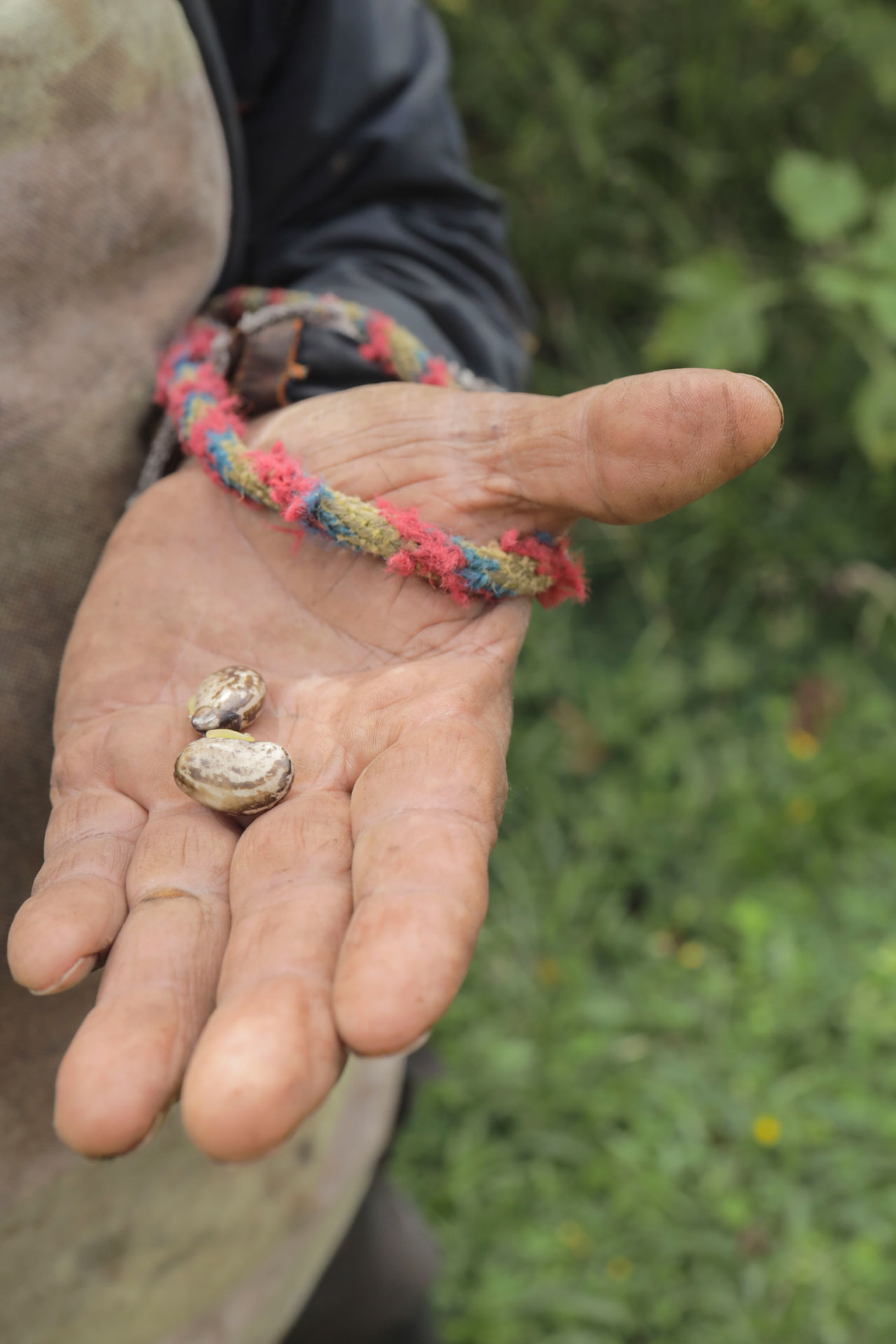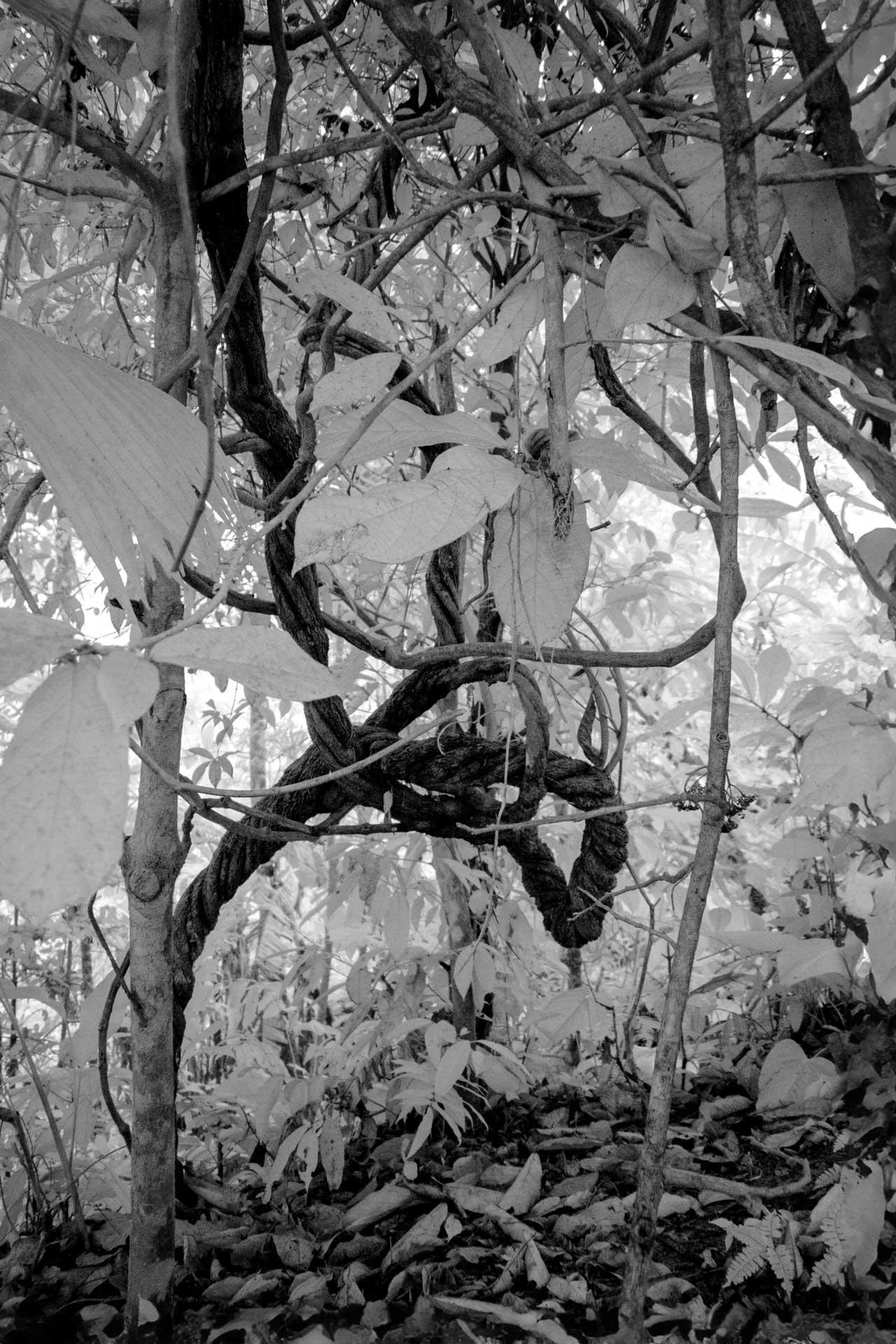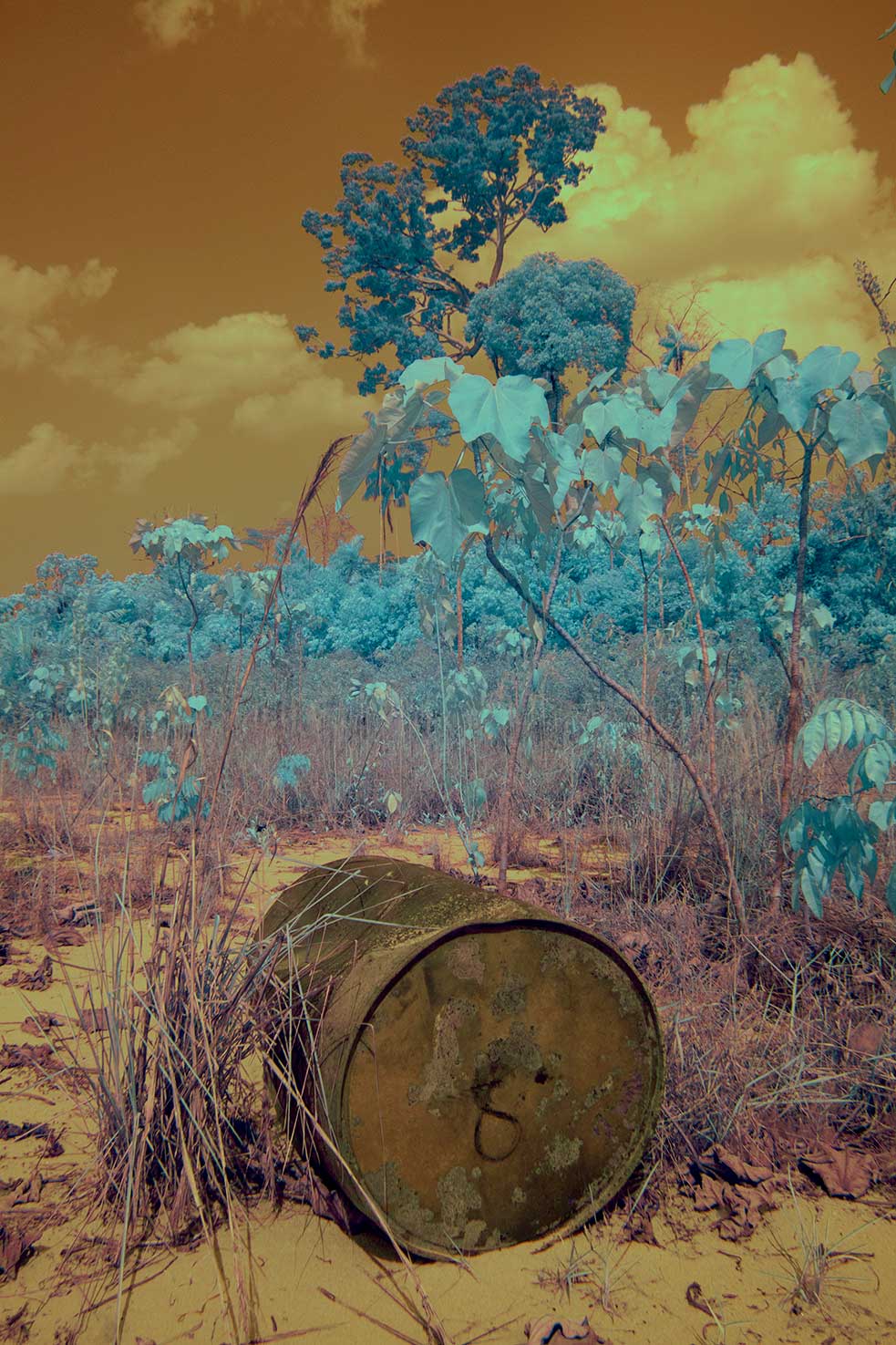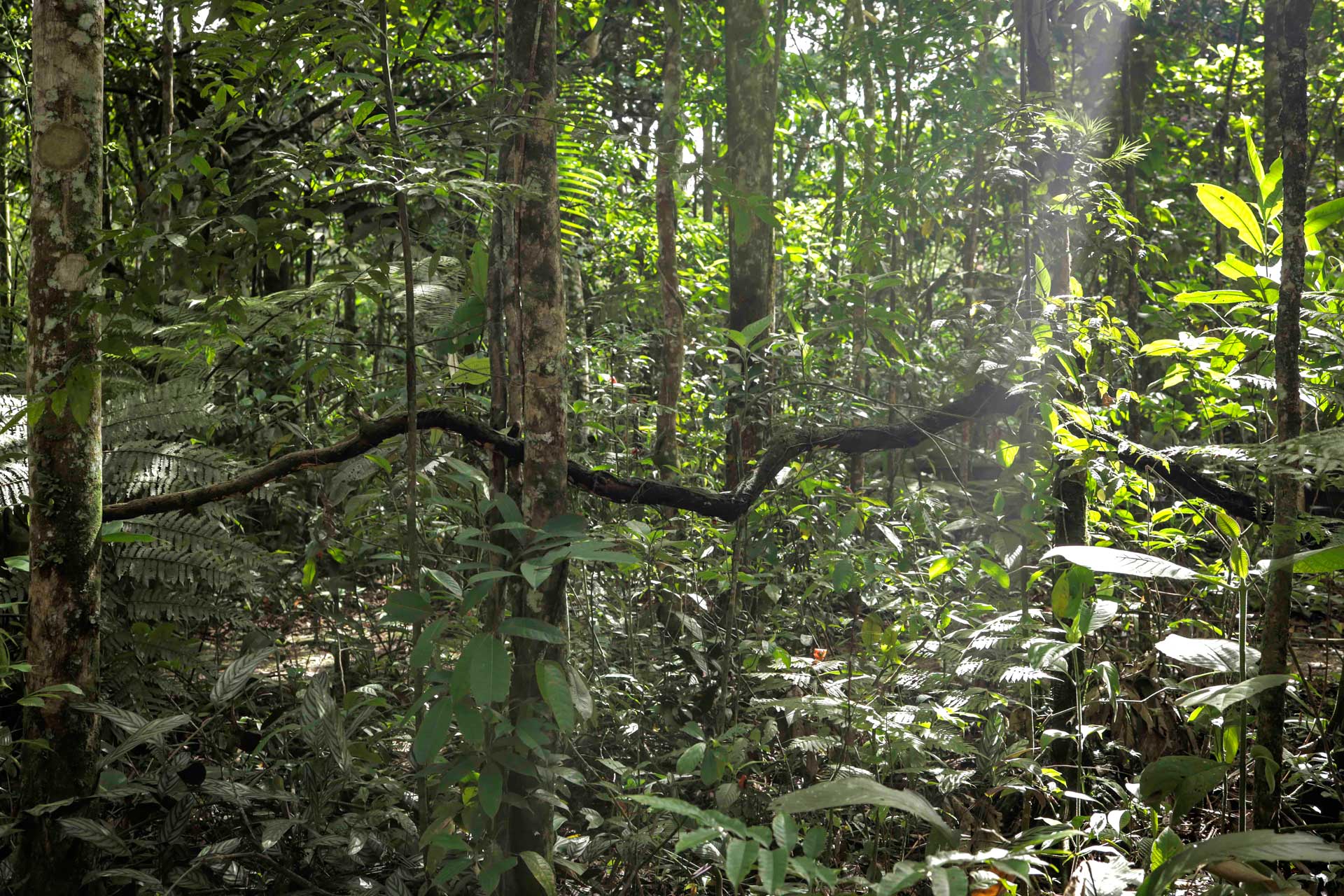


Plants create and sustain the weather, enable life at all scales, and use chemistry to resist constant challenges as rooted beings that cannot run away. Therefore, plants can no longer be seen as passive actors in the cosmic play of life, for they invented ways to insert cosmic energy (solar energy) into the biosphere to “run the machineries of life”[1]. However, for a long time the European scientific ethos regarded plants as less capable beings than animals or humans for their limited locomotive capacities. In other latitudes and cultures, like in the Andean-Amazonic Indigenous tradition of the Inga and Kamnëstá people, plants have been regarded as complex assemblies from where the animal and the human abilities, along with their spatial attunement, knowledge and spirituality derived. Therefore, to consider plant to human interactions means to notice the articulacy, expressiveness and urgency of what vegetal beings have to express about life.
Moreover, plant movements might well be considered as a trigger for interspecies cooperation and a mode of plant’s intelligibility, precisely as the act of setting something in motion through biochemistry and the interlinking earthly and cosmic elements that provides healing or nourishment to other beings. Through this angle, plants turn into co-conspirators poised with huge potential to mobilize together human and non-human communities in search of collective survival. That is why, a question worth exploring is how do human and vegetal intelligence, through mobilizing acts, assist one another in instances of territorial defence such as mounting acts of ecocide?
The focus of my practice-based research is to look at how plants make their knowing intelligible to other beings through plant medicine and agroecological models used in the rainforest, where vegetal and human communities form alliances to support life, to nourish and heal, as well as to resist current anthropogenic challenges. This work unfolds as a co-investigation with local farmers, young indigenous media creators, and land-defenders from the Kamentsá, Inga and Siona nations in the Andean-Amazon rainforest in Colombia and Peru. Among them are the Wuasikama and Inyenens, which are the Ingano and Kamënstá Guardia Indigena [Indigenous Guards], a territorial defence group devoted to protecting their vast ancestral territories in the Amazon foothills where powerful medicinal plants and abundant biodiversity also live.




